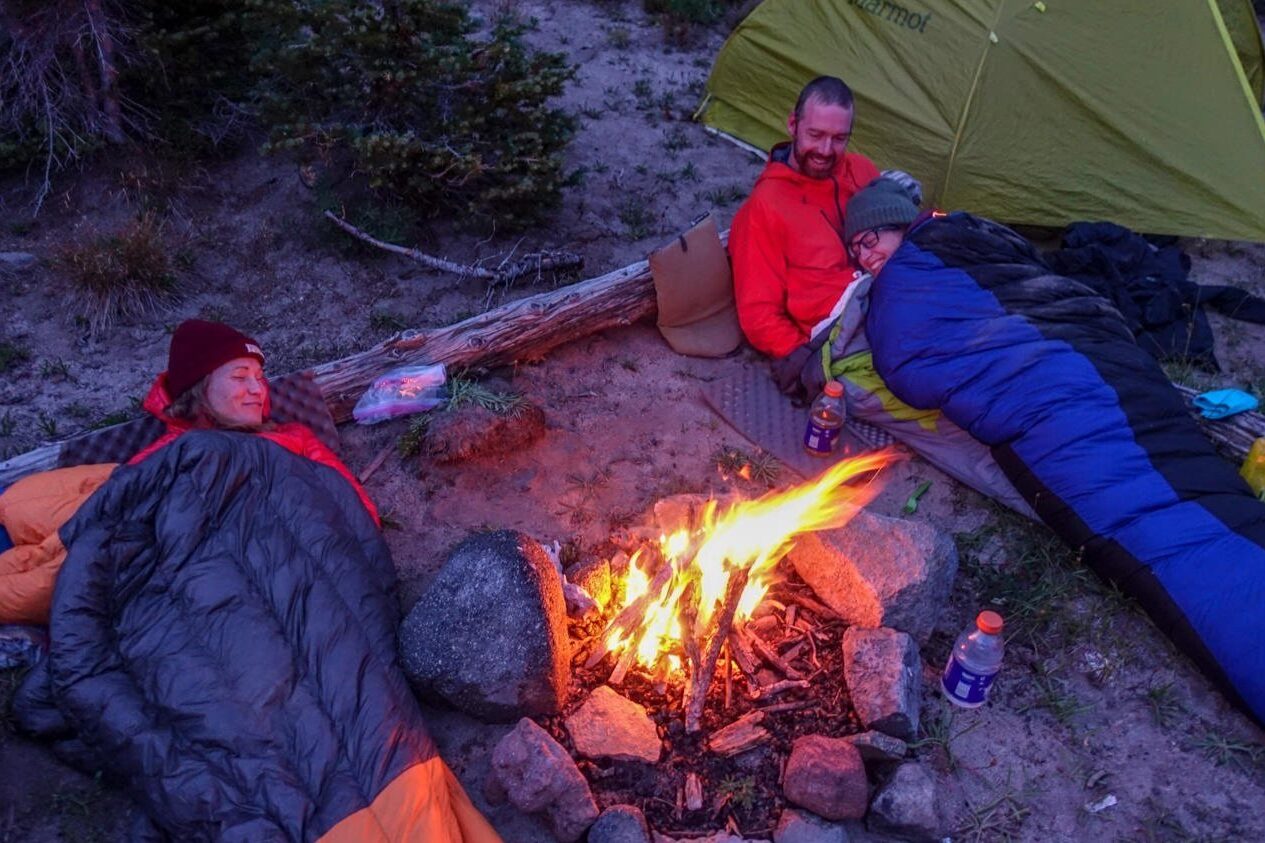
Average 7.5 million Every year, hectares of forest are ravaged by wildfires. And almost 85% of wildfires are caused by humans.
These statistics may seem pretty grim, but the good news is that they mean that most of the fire damage caused to our forests each year can be prevented. With a little more preparation, attention and care, we can all have a big impact on the future of our natural spaces. In this article we explain how you can safely enjoy an outdoor fire.
POPULAR CONTENT: Need a new one Tent, Backpack, Sleeping bag/document, etc? Find our favorites in CleverHiker Gear Guide.
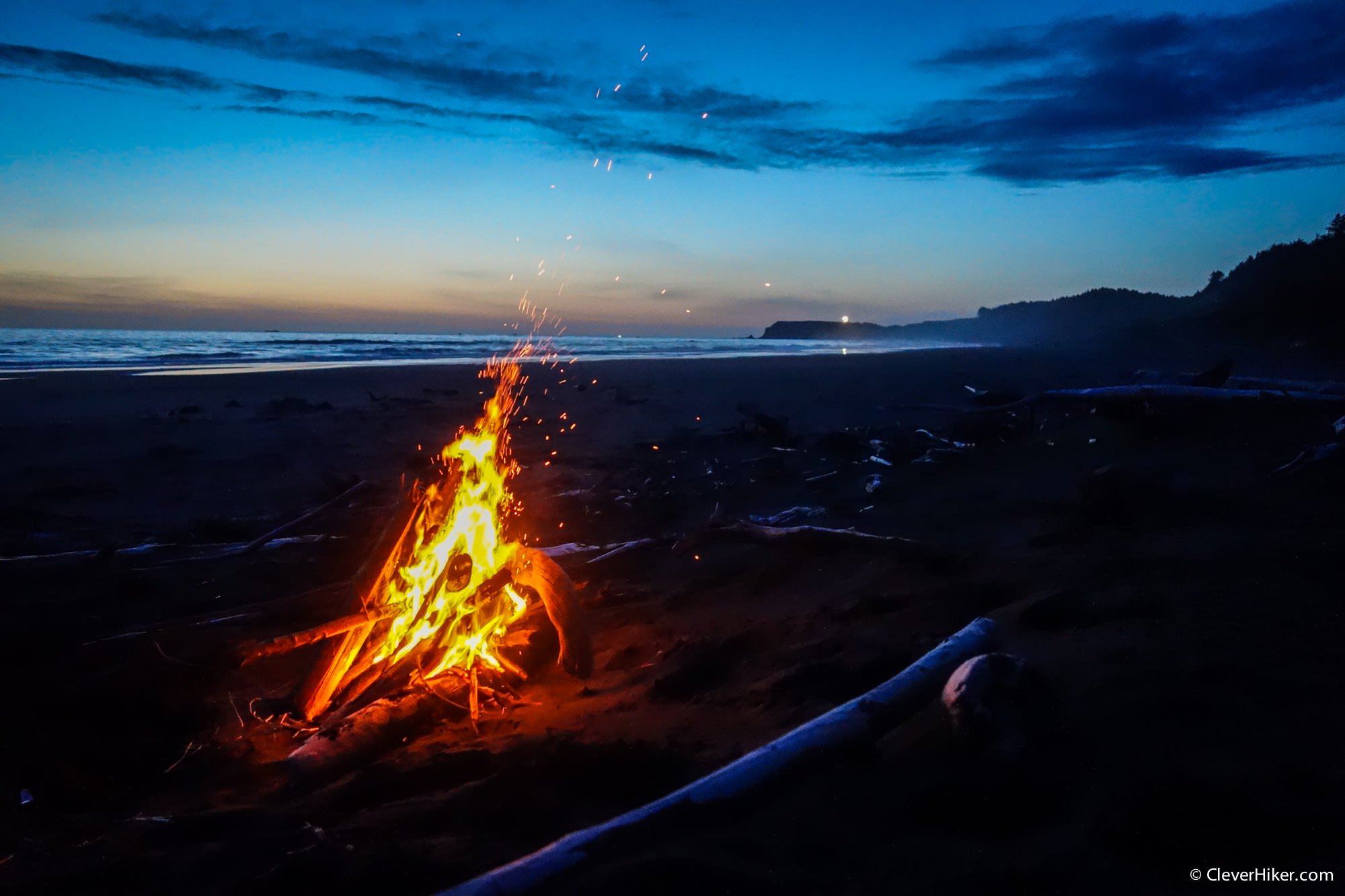
10 tips for fire protection
Don’t light a fire
The best way to reduce the impact of campfires on our natural spaces is to simply avoid them. Sure, fire is fun. But it’s even more fun to have beautiful places that we can all enjoy for years to come. Below in this list of tips, we’ll share our favorite ways to get cozy in camp without a fire.
Make sure you know the current fire danger level in the area
Always check with the agency that manages the land you are on for the most up-to-date information about fire danger. To find this information, consult your county website or call or visit the Bureau of Land Management, the National Forest Service, state and local parks and other agencies.
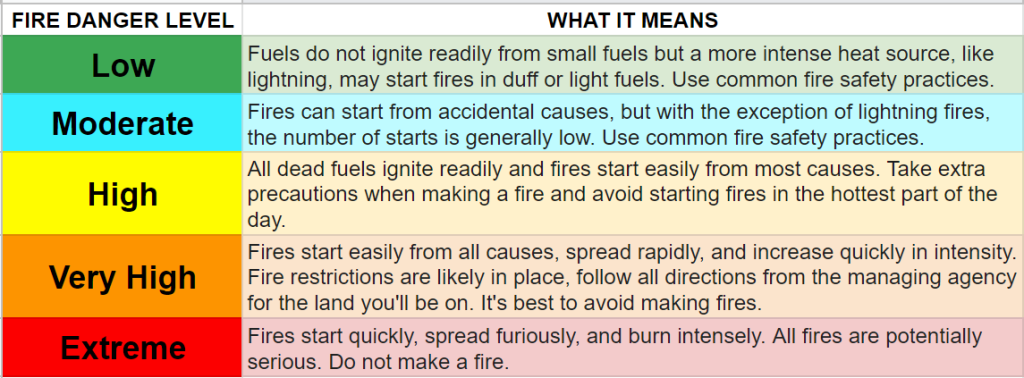
Find out about fire safety regulations before your trip
Similar to the above, you should also check whether fire regulations apply to the exact area you are going to. This information is more specific than the general fire danger for an area and may include restrictions such as: E.g., no fires above a certain elevation, no fires at a certain distance from a natural feature, no fires on certain days, etc.
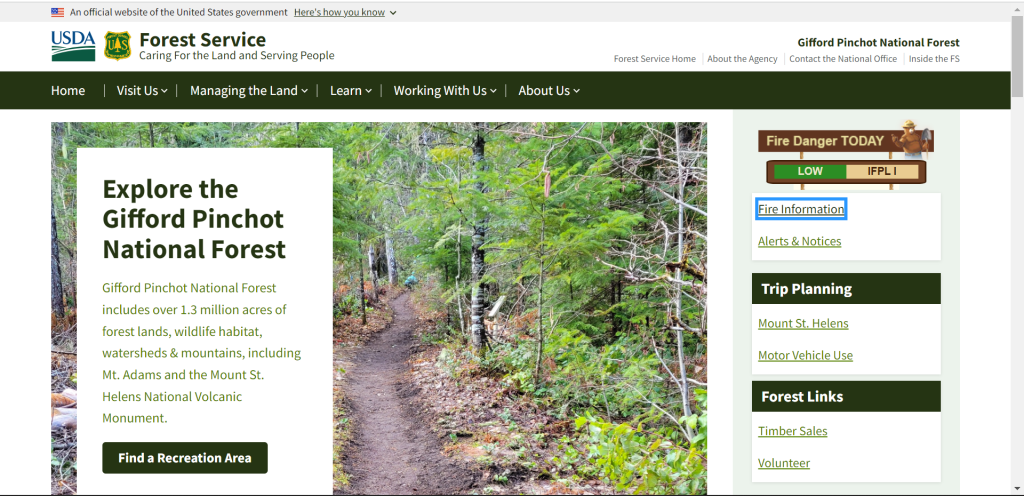
Use established fire rings
Established fire pits are the safest places to start a fire. They can be found in most established campgrounds and sometimes even in the wild. Be sure to clear away and unpack any trash found in the ring and eliminate natural fuel sources before starting your fire. For campsites without a fire pit, choose a location that is free of dry organic material and build a small ring of rocks to contain your fire. Before you leave, make sure your fire is completely out and scatter the rocks you used to maintain the wild look of the area. In the foreground there are fire pans (e.g. one Oil change pan) or portable fire pits are safe ways to contain fires.
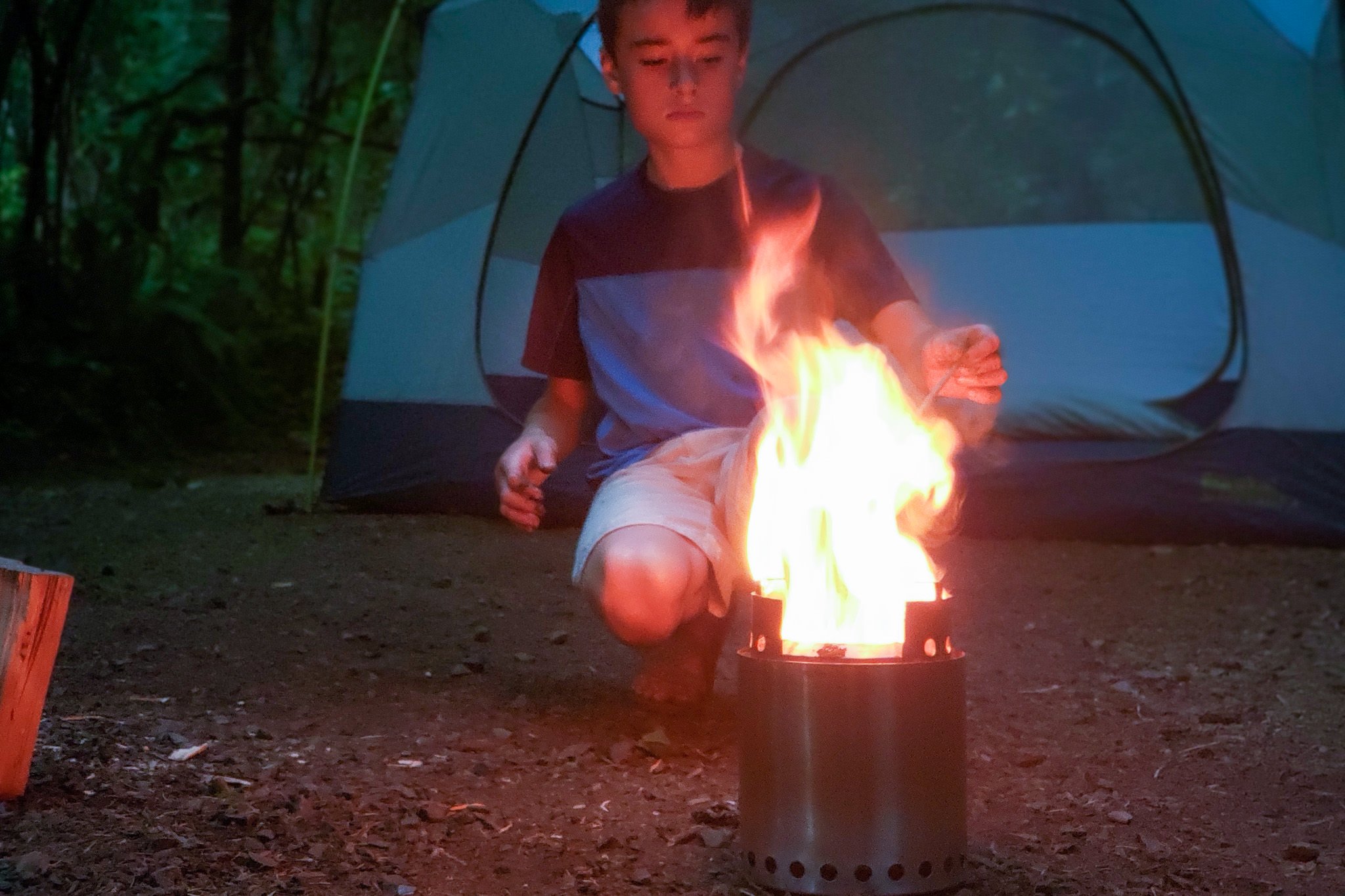
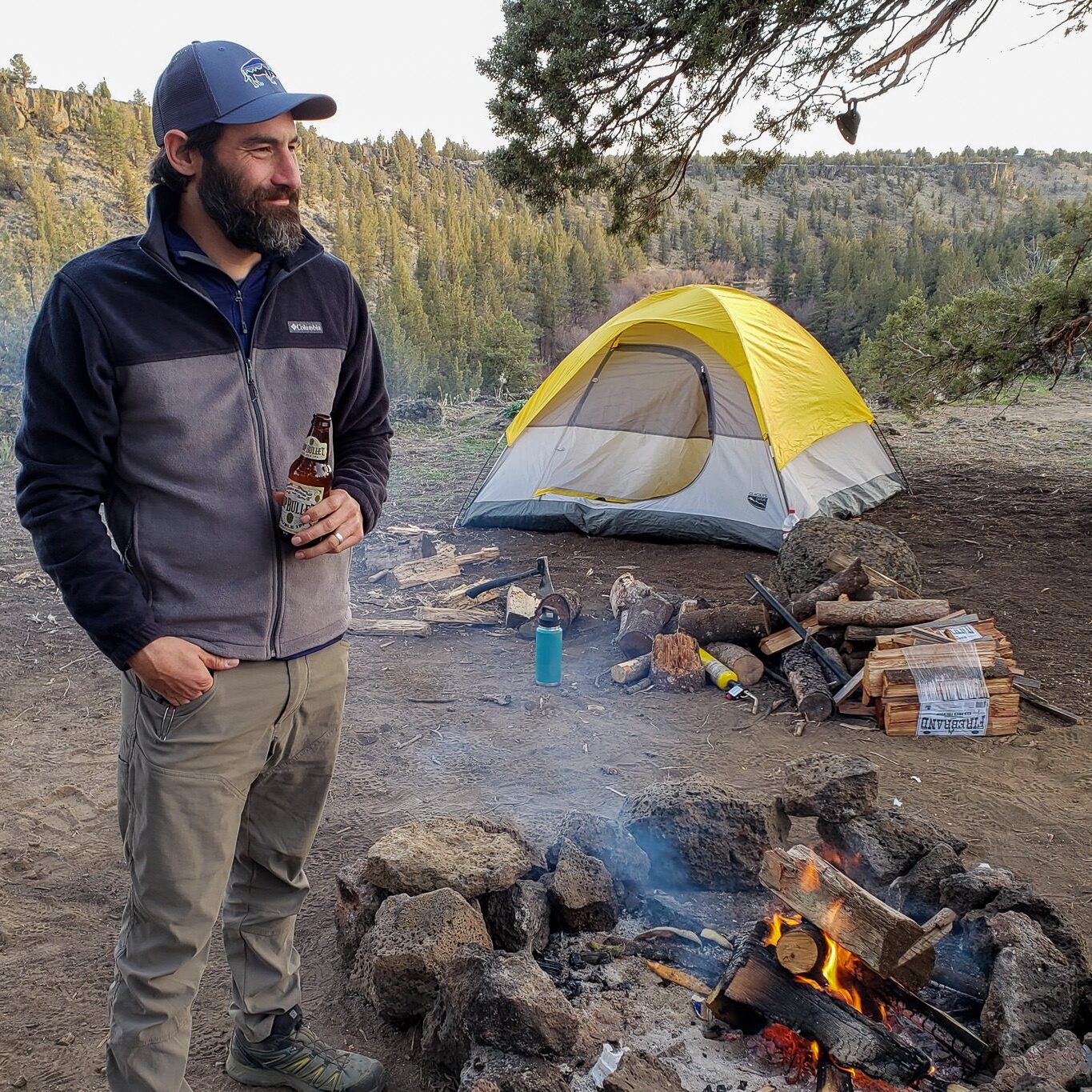
Remove dead/dry debris from your fire ring
Before starting your fire, quickly sweep around the perimeter to remove dead leaves, twigs, and other natural fuel sources from your fire. Cal Fire recommends clearing a 10-foot diameter area for your fire.
Keep your fire small
Everyone loves the appeal of a roaring fire, but it is neither necessary nor worth the risk to the land. Smaller fires still produce a nice amount of heat and light, and they’re much easier to burn to ash and completely extinguish when you’re done.
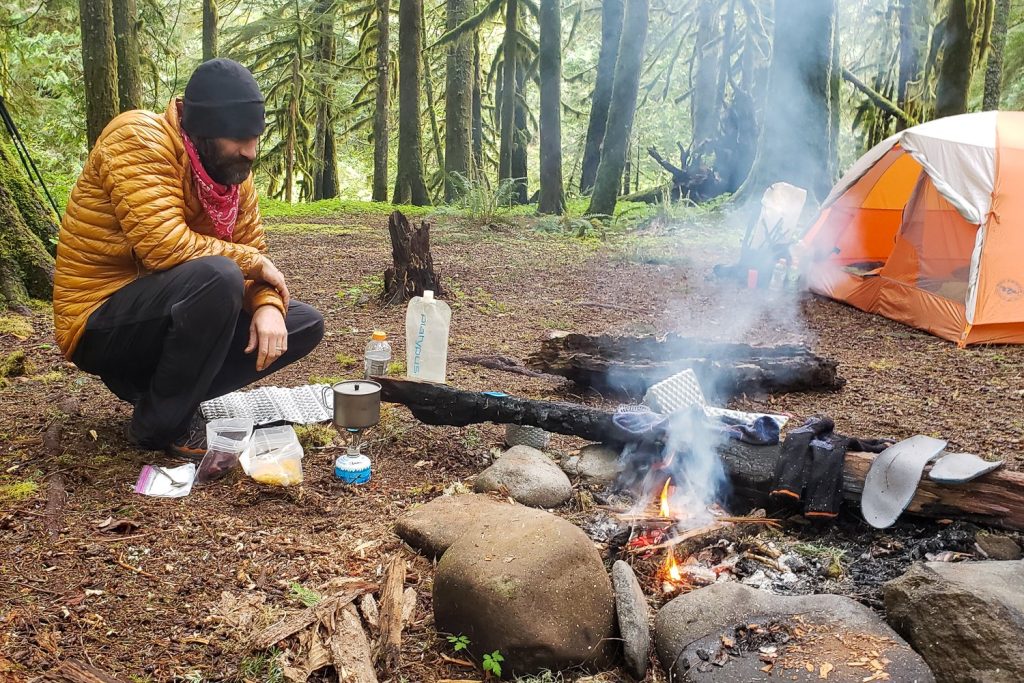
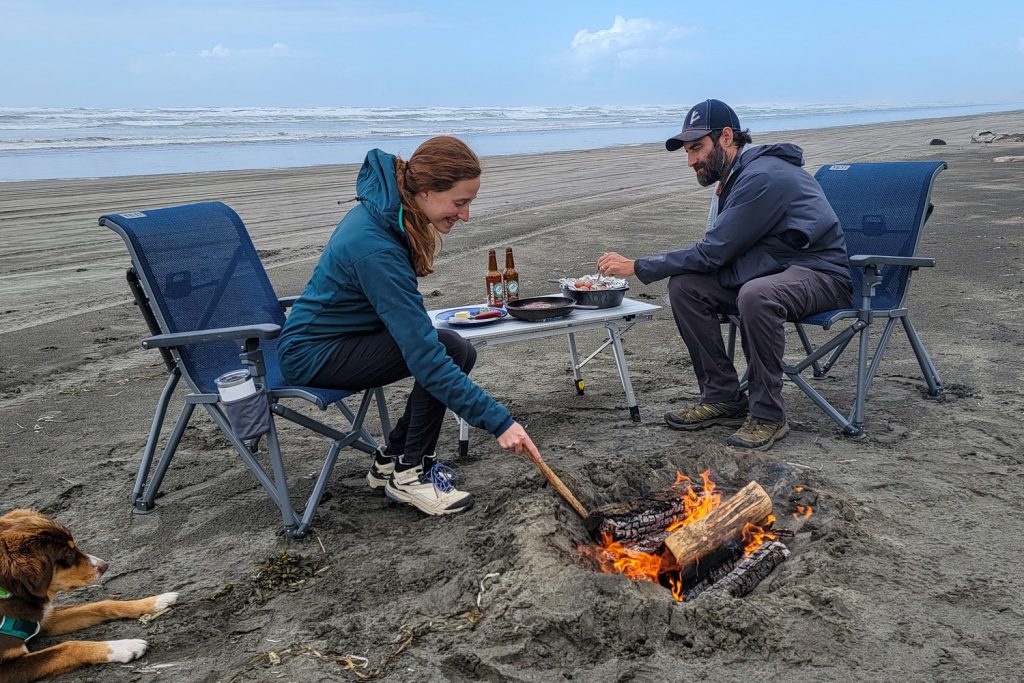
Do not leave your fire unattended
It can be tempting to leave a fire smoldering while you retreat for a few hours of hiking so that you can relight it more easily when you return. But you should never leave your fire unattended. The wind can change quickly and carry small pieces of embers over long distances.
Extinguish fires completely with water
Make sure you always completely extinguish your fire with water before going to sleep or leaving your location. We use a large water jug in the frontcountry or a lightweight water bag in the hinterland to put out fires. Using sand or dirt is not nearly as effective at completely extinguishing a fire, so it is not advisable to use sand or dirt to extinguish your flame. The Leave no trace The organization says that one should “burn all wood to white ash, grind small coals to ash, soak them thoroughly with water, and spread the remains over a large area outside the camp. The ashes may need to be dumped in river corridors.”
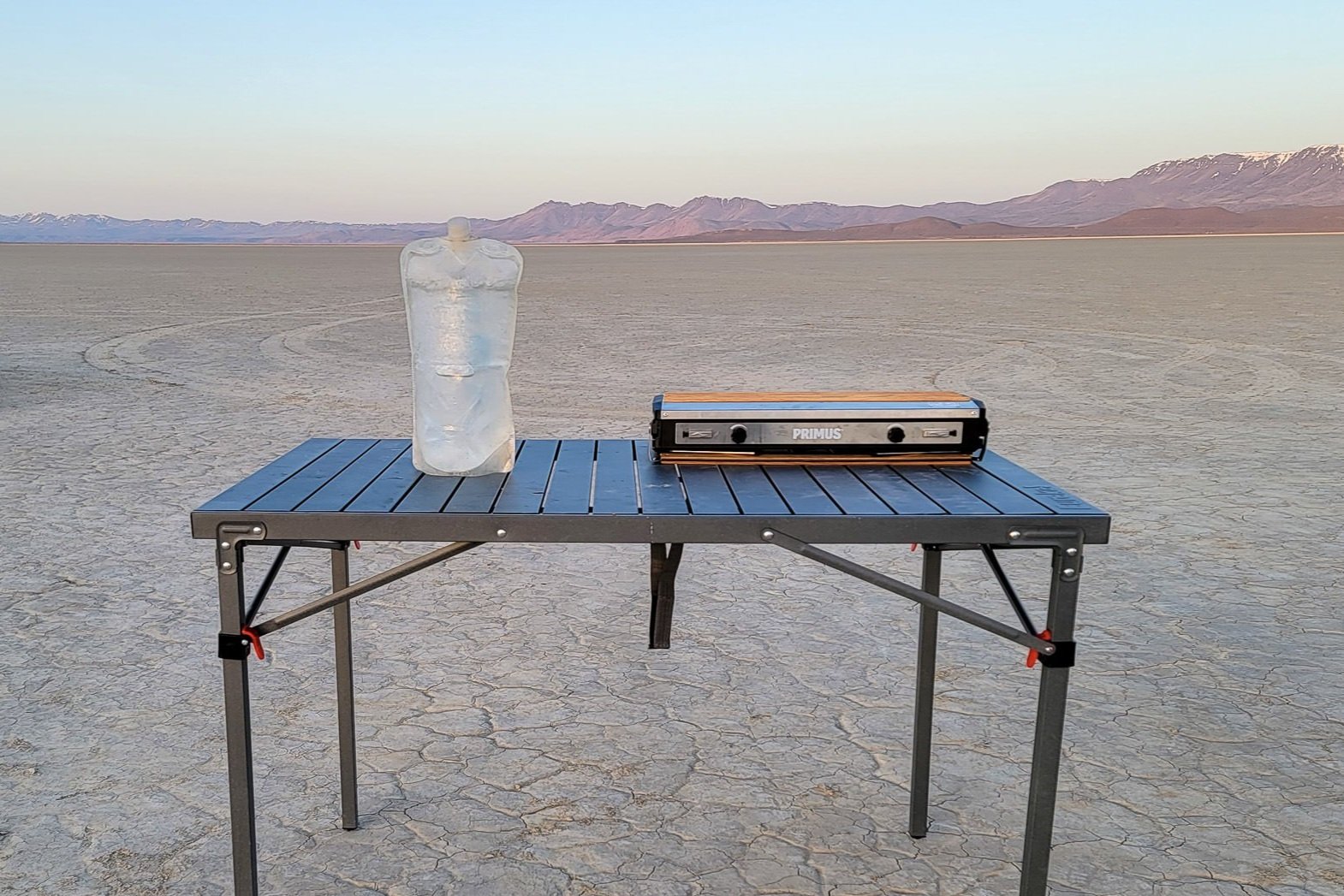
Have extra water nearby in case BURNING residue comes out of your fire
It sometimes happens: your wood bursts and sparks appear, or a strong gust of wind carries away burning ash. Pay close attention to what your fire is doing at all times and have extra water on hand to extinguish anything that comes out of your fire ring. Even tiny pockets of embers can cause devastating fires. We usually keep one large water jug with us in the frontcountry and a
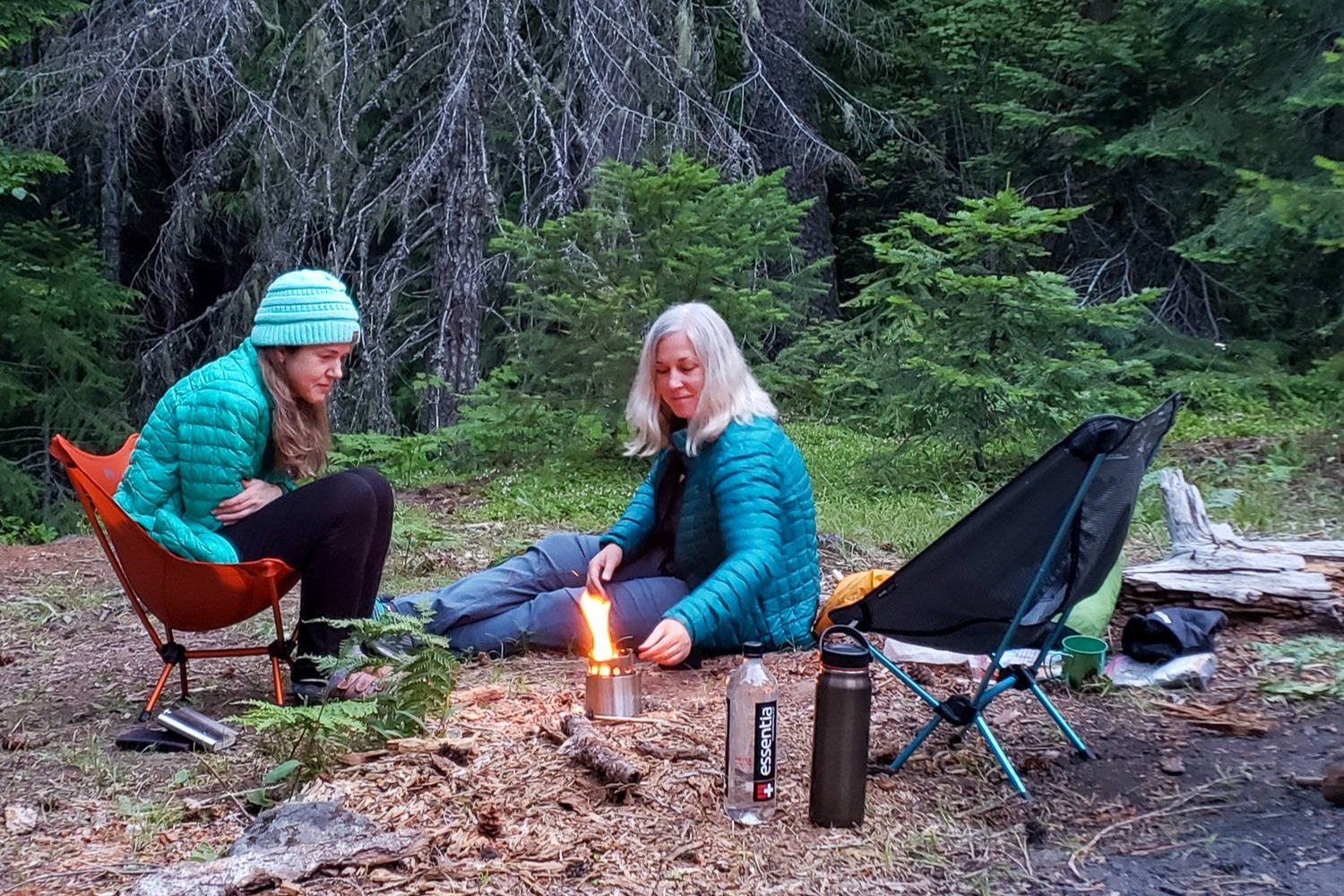
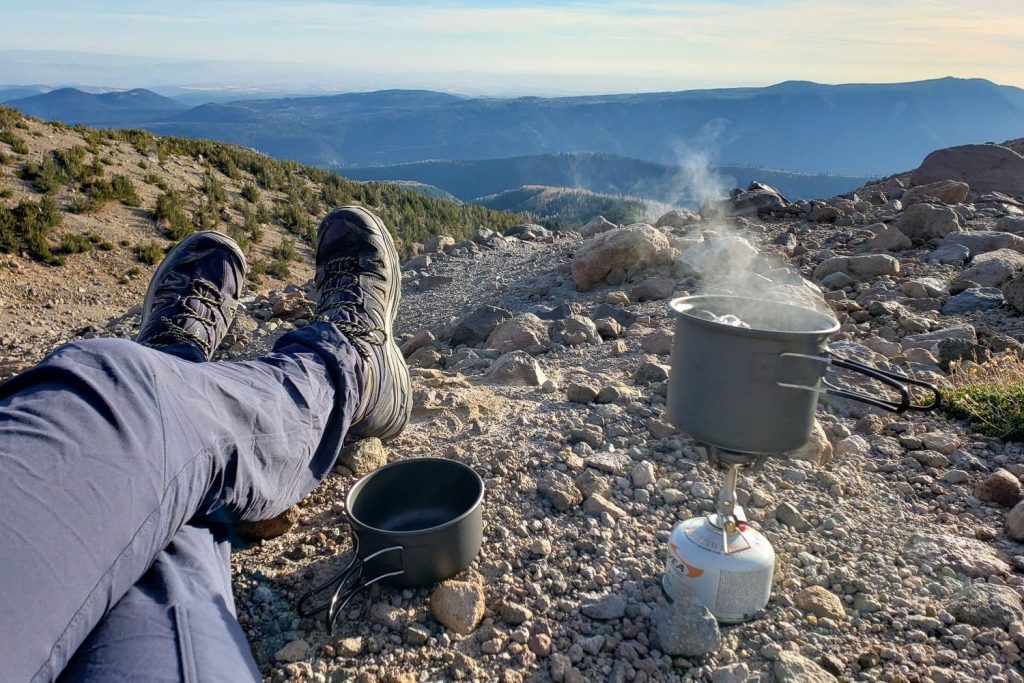
Be careful with your gas stoves/lanterns
The risk of starting a fire Gas lantern or stove is pretty low, but it’s still good to be careful with these items as they are a source of flame. Special precautions must be taken with alcohol stoves as they burn quickly and hot and produce invisible flames. We generally recommend avoiding alcohol stoves as we believe the weight savings are not worth the risk involved.
More fire tips
firewood
The type and size of wood you choose is just as important as its origin. Below are some tips to keep in mind.
- Never bring wood from home – Only light fires with wood purchased or collected in the area where you plan to enjoy your fire. Wood from elsewhere can introduce pests or invasive plants to an area.
- Size – When collecting wood, only collect branches and twigs that are about the size of an adult’s wrist in diameter. Wood of this size burns faster, so you won’t have to deal with half-burnt, smoldering logs. If you bring purchased logs, start with a few pieces and add more when they are almost completely burned.
- Leave dead wood– Do not pull branches or twigs from standing dead wood. Dead trees provide shelter and nesting places for animals, and sensitive plants can grow there.
- Do not cut down live treesor branches – Only collect fallen twigs and branches from the ground. Cutting down living trees and branches can disrupt wildlife habitats and affect the wild appearance of natural spaces. Green wood doesn’t burn well anyway, is difficult to split and produces more smoke.
- Scatter unused wood – It’s a nice idea to leave unused wood you’ve collected for the next person, but it’s much better for nature if you scatter what you didn’t burn. This preserves the natural appearance of the room and reduces disruption to wildlife.
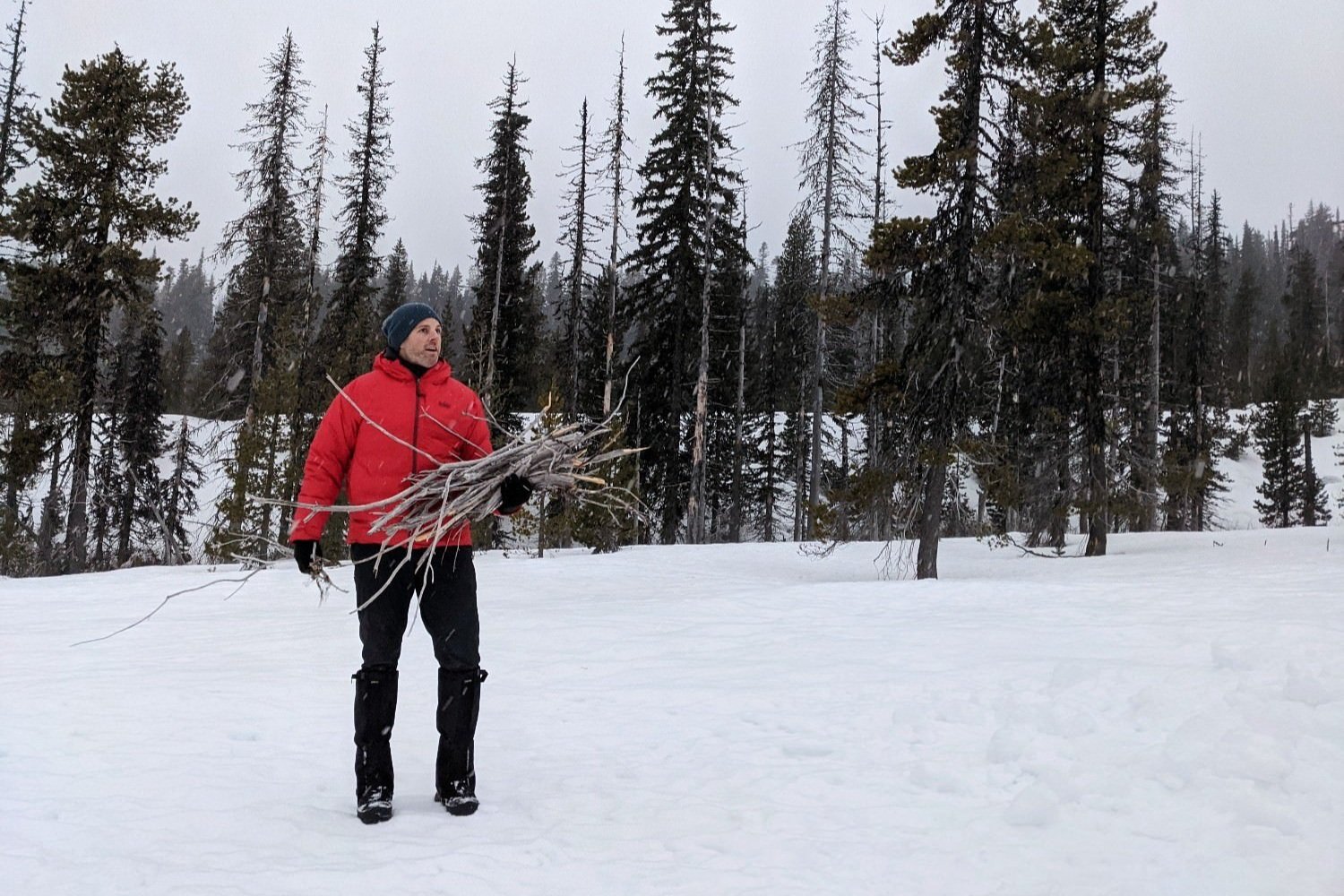
Fire and smoke cards
If you are planning new construction in an area that may be affected by active fires, contact a Fire and smoke map to assess whether this is safe. Be prepared to switch to a different adventure plan if the air quality is unhealthy or there is a risk of a fire spreading to the area you planned to visit.
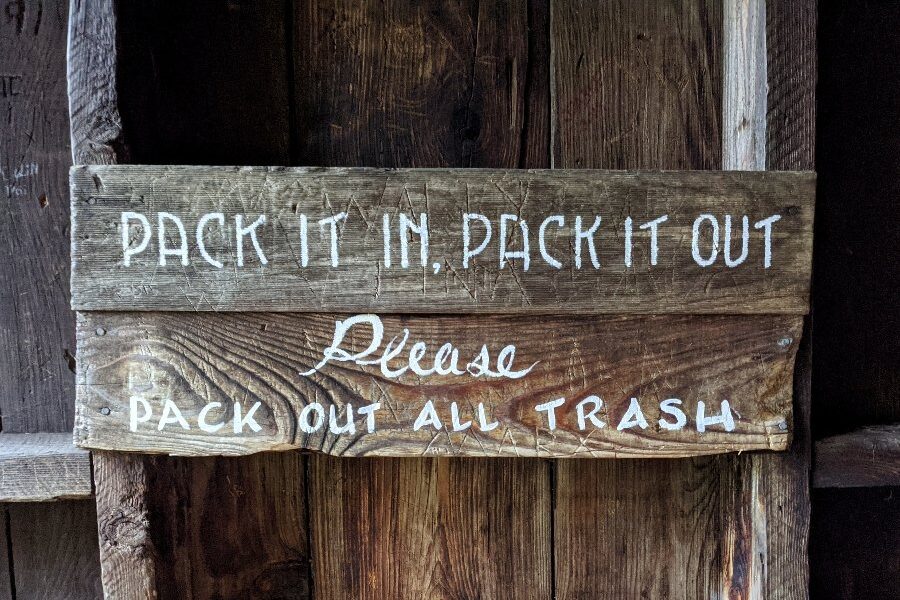
Leave no trace
Many of the tips we outline in this article come from study and practice “Leave no trace” principles. We encourage everyone to familiarize themselves with all of these guidelines before heading out into the wilderness.
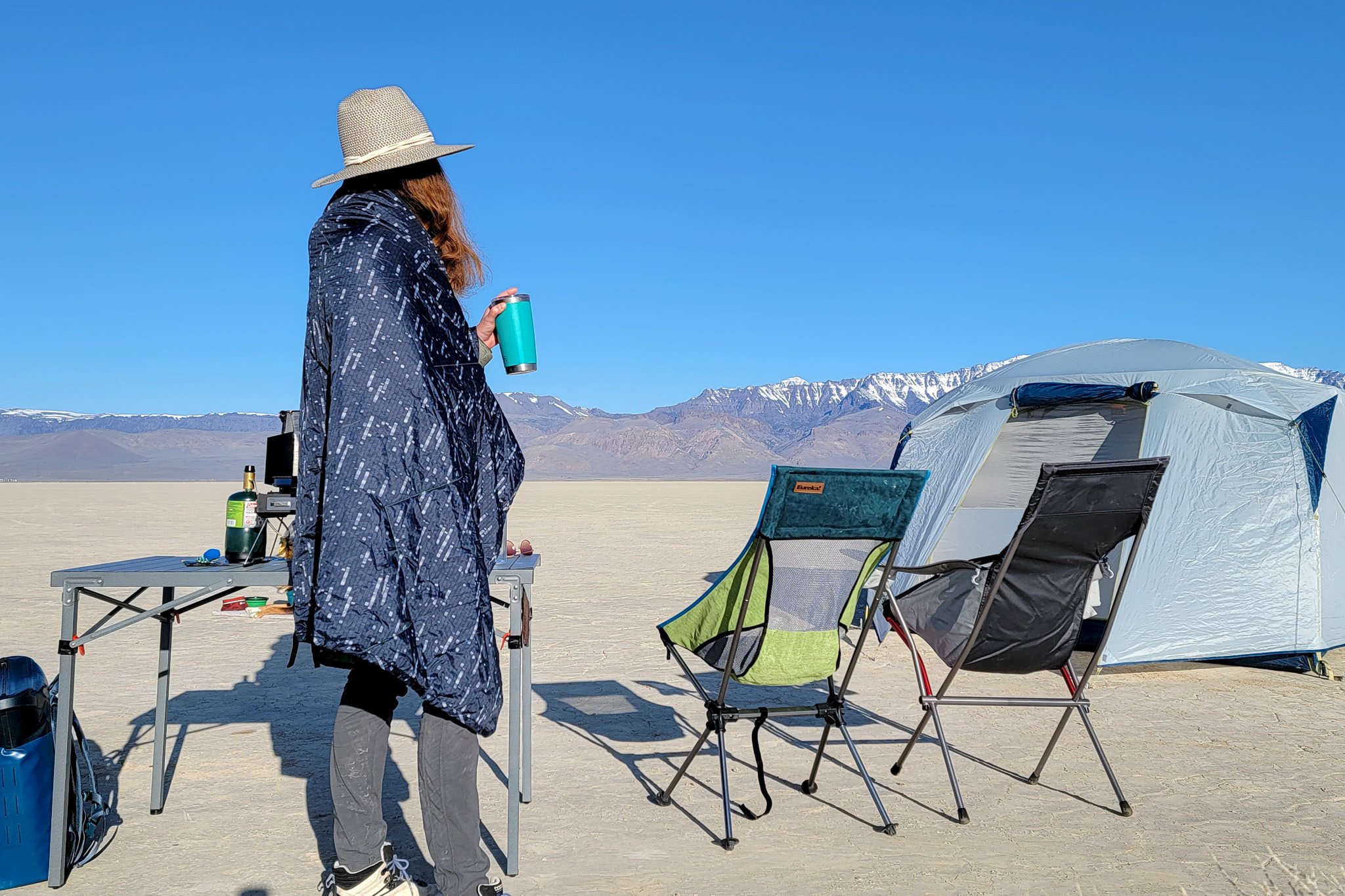
Alternatives to fires
It can be disappointing to find out that the place you want to camp doesn’t allow fires. But there are many other things you can do to stay warm or create a nice atmosphere. Here are some popular ways to create a cozy camp without a fire:
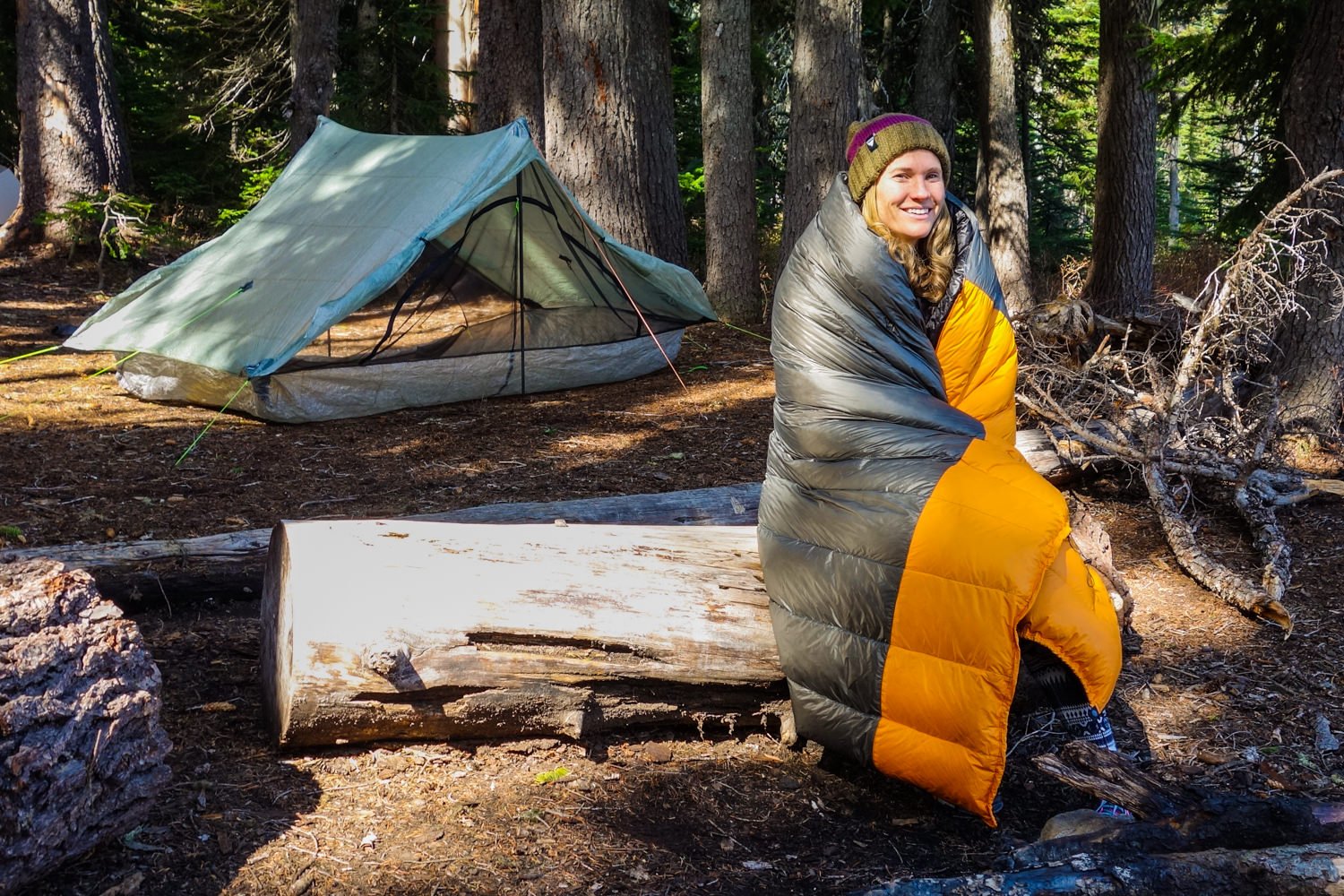
Start fires in harsh conditions
Fire is one of the most important tools for safety. If you get caught in a storm without proper protective gear, this can keep you out of harm’s way. It’s difficult to start a fire in wet conditions, but not impossible. We put together this video to show you how to start a fire when it’s wet and we also review some fire safety tips.
